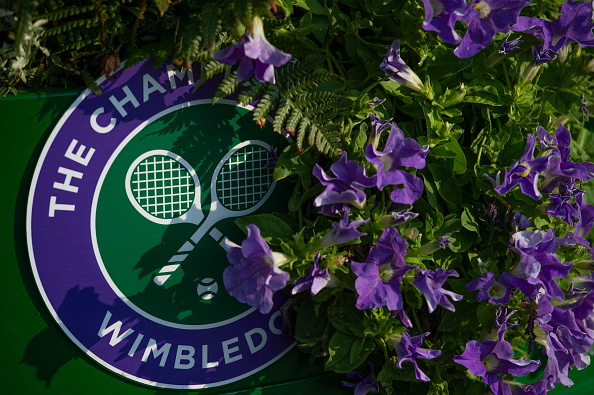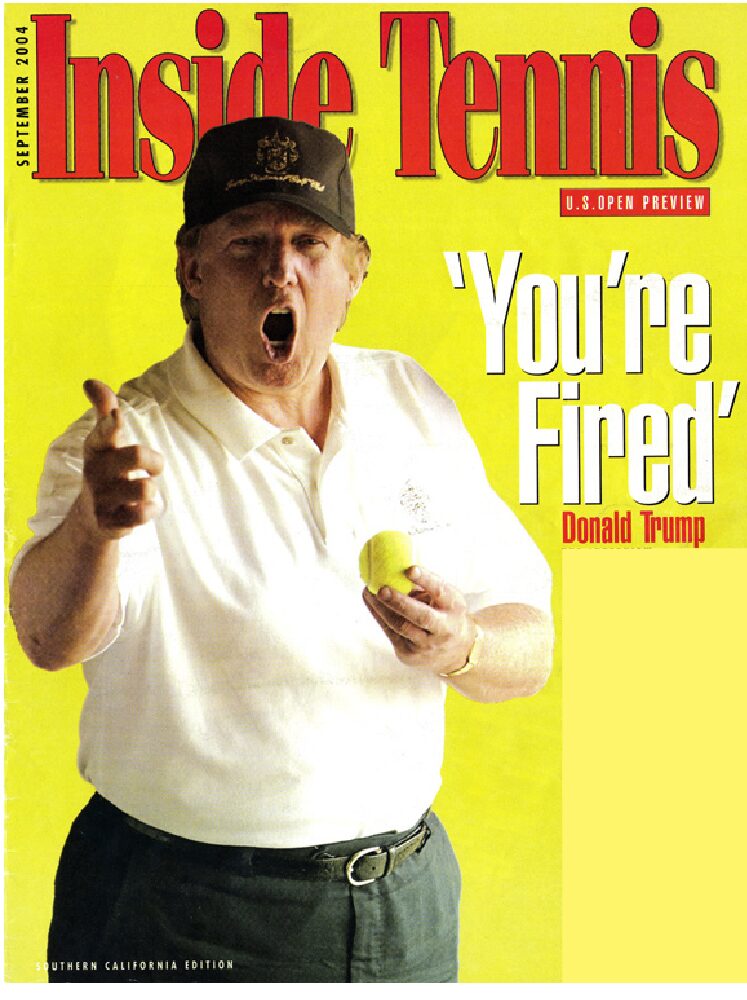Bill Simons
Wimbledon
The Aussie Open is happy – it kickstarts the year. Roland Garros has a, “Let’s do a two-hour lunch, s’il vous plait” sophistication – very continental. The US Open is New York on steroids – feel the pulse.
But there’s only one Wimbledon, one cathedral, one mother church. It’s a mecca. Does any other event without a linked five-ring symbol draw such a wide collection of fans and athletes?
But make no mistake, Wimbledon is the quintessential English event. Lush ivy and bright petunias create blankets of beauty. Down to the last blade of grass, everything is impeccable – a visual masterpiece.
There’s the Tea Room, the Wallled Garden, the Members’ Enclosure, and the fabled Court 18, where John Isner battled Nicholas Mahut for three days. Every day, reporters dissect the royal box roster. There’s the Duchess of Something and a duke with a ‘tude.
It’s easy to spot an earl or two, or a proud prime minister from a distant land. Princess Diana once sat in the front row with little William and Harry. Now it’s Kate’s and Camilla’s turn.
The Wimbledon queue snakes forever through a nearby park – the most civilized line in the world. All-night parties and a youthful exuberance reveal a hint of Woodstock. But at its core, Wimbledon is an English lawn party. One spots pink bonnets, floral frocks, well-tailored jackets, a bounty of umbrellas and old-school picnic baskets that are well suited for leisurely lunches on Henman Hill (no one does prawn and mayonnaise sandwiches like the Brits).
Wimbledon draws players from the plains of India and the Russian outback. Some descend from the nearby Alps, others come from the pampas of Argentina. Here Catalonians and Californians battle to make their dreams come true.
Of course, like tennis itself, the Wimbledon scene is changing. We’ll never again see Federer glide, as if in a ballet. Here, Rafa may never again pound his forehand. Britain’s grandest sporting hero, Andy Murray, is on the brink of retirement. A new generation of maestros, led by Jannik Sinner and Carlos Alcaraz, is creating a new palette.
Still, one senses ghosts. This place has written so much history – memories linger. One imagines Bjorn Borg sprinting effortlessly. We swear we can hear McEnroe’s outbursts, which were unfathomable to so many proper Englishmen. Here, Arthur Ashe raised his fist, Boris Becker boldly leapt for volleys, Billie Jean scampered, Martina charged, Serena soared, Sampras unleashed his classic elegance. And then there was the sad saga of Jana Novotna. After she choked away the 1993 championship, Simon Barnes suggested, “Novotna played a game of tennis for everyone who has ever made an absolutely ghastly mistake. Or, to put it another way, for the entire human race.”
All the while, British fans observe the game with delightful bemusement. One enchanting Islington lady spoke of Agassi saying, “Oh, Agasino, he’s scruffy. He needs a hairwash and a bath, but he plays with a good sporting instinct. My old aunt is just potty about him. I just hope he doesn’t absolutely twitch off.”
For four decades, I’ve crossed the ocean, above vast icebergs and beyond Ireland’s wild coast, to embrace a green enclave with lawns and nets, tea and Pimm’s and strawberries and cream. I’ve seen royals and interviewed rogues – McEnroe, Kyrgios and the actor Jack Nicholson. I’ve spoken to presidents like Clinton and grandmothers from Cornwall.
And, in all my years, not once has Wimbledon failed to inspire.



















